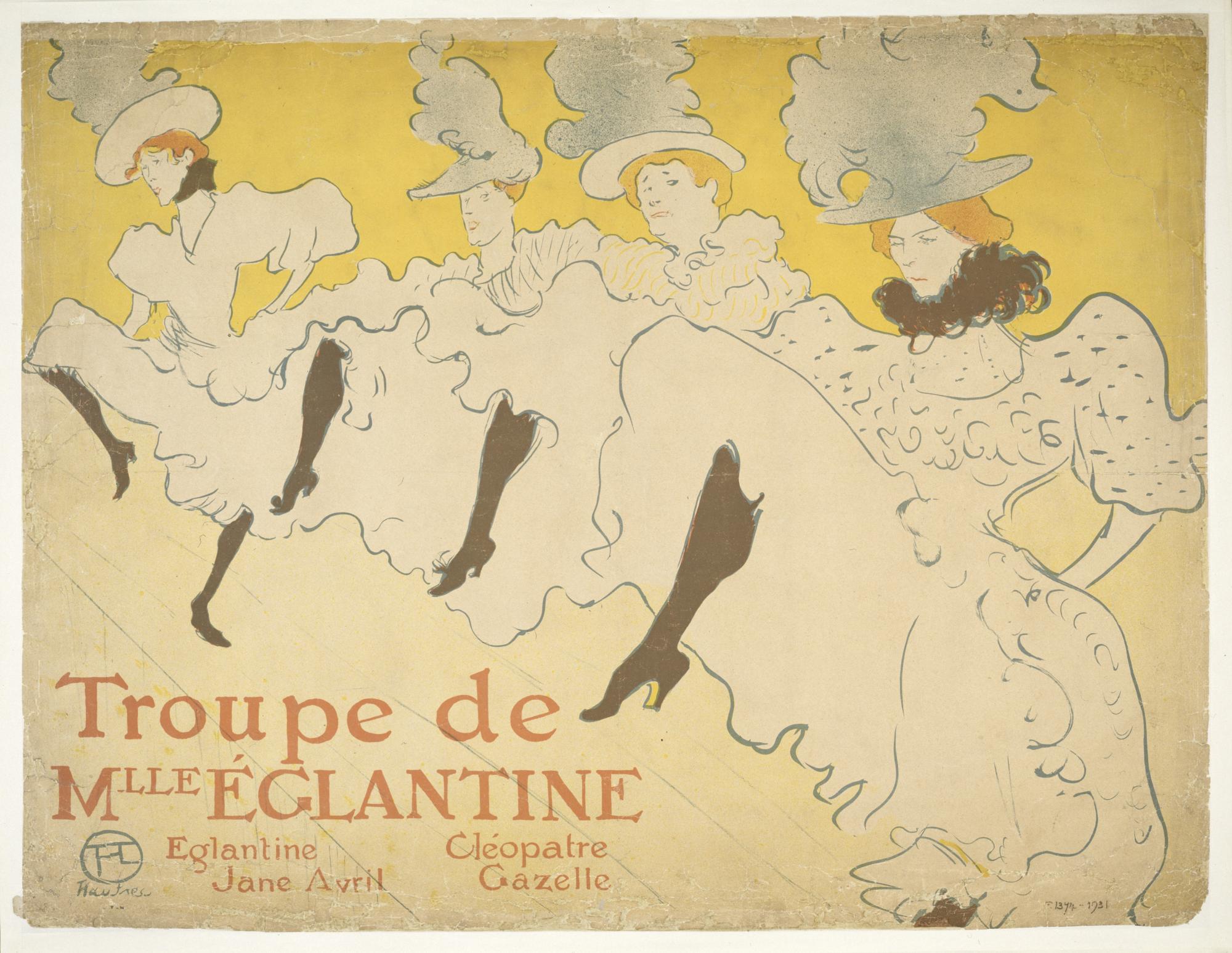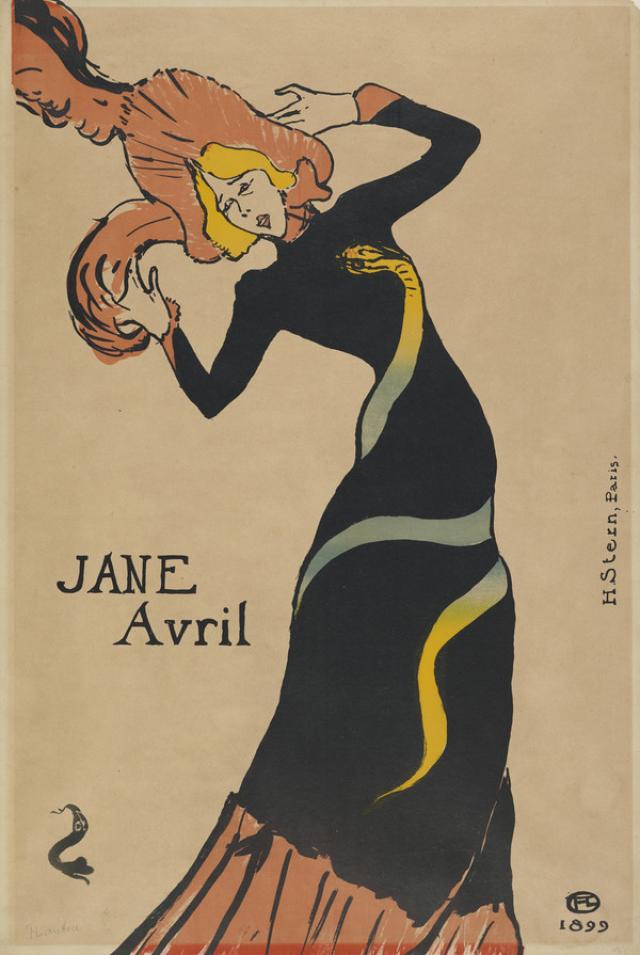Okay so today I wanted to figure out what the fuss was with those old posters by this guy Toulouse-Lautrec. You know, the ones you kinda see sometimes, maybe in a cafe or something? All about dancers and can-can girls and Paris nights. Saw the name pop up again and figured, why not really dig in?
Starting with the Basics
First thing was just figuring out who this guy even was. Had to Google him, obviously. Turns out he lived in Paris way back when, late 1800s. Not exactly tall, had some health issues, but man, he loved hanging out in these nightclubs like the Moulin Rouge. Basically lived the life he painted. Seems he found his tribe there, the performers and folks other people kinda looked down on. That clicked for me.
His posters? Well, they weren't like fine art paintings back then. They were literally ads. Ads for shows! Cabarets, singers like Aristide Bruant (guy with the big hat and scarf, looked mean!), dancers like Jane Avril and La Goulue. That's wild to think about, making ads that became art.

Getting Up Close (Okay, Digitally)
Couldn't just look at tiny pictures. I pulled up some websites, hunted down good quality images of his most famous ones. Needed to see the details. What struck me right away?
- The colors! Super bold. Not like a perfect painting, but flat, bright areas. That green! That orange! They pop.
- The lines. Really fluid, sketchy almost? Like he drew directly on the litho stones fast, capturing movement. You could feel the dancer kicking.
- The faces. Not always pretty, kinda exaggerated features sometimes. Not showing perfect beauty, more like real characters, personalities. You looked at Jane Avril – maybe a bit melancholic even? But unique.
- The composition. Weird angles! Cropped people off at the edges? Like a snapshot before cameras could do that.
Spent a good while just flipping through them, zooming in. You see stuff you miss otherwise. Little patterns in the background, the texture of a dress.
Trying to Get What They Meant (Beyond Just Selling Tickets)
Okay, they were advertisements. But why do we care so much now? What were they really saying? Here's what I kinda pieced together from reading bits and staring:
- Not just pretty pictures. They captured a whole vibe. Paris nightlife, the energy, the seediness, the glamour and the grit all mixed up. Lautrec didn't judge, he showed it like he lived it.
- Celebrating the outsiders. The performers weren't presented as perfect dolls. They had personality, flaws maybe, but also power and individuality. You felt like you saw them, not an idealized version.
- Art for everyone. Posters were cheap, plastered all over the street. Suddenly art wasn't just for rich folks in galleries. That felt kinda revolutionary.
- Modern life snapshot. Before Lautrec, posters weren't this cool. He brought fine art techniques and that artist's eye to advertising. He shaped how we see that era.
It hit me looking at the Moulin Rouge poster – the one with La Goulue kicking high and the crowds. It's not just about the show; it's an experience. You can almost hear the music.
Wrapping My Head Around It
Spent a couple hours down this rabbit hole. Went from kinda recognizing the style to really understanding why Lautrec was a big deal. It wasn't just skill, though that was insane. It was his eye for the real, unfiltered life of the city, the people the "respectable" world ignored. He made them stars on the street corner with bold colors and lines that wouldn't quit.

Honestly, makes you appreciate the posters differently next time you spot one. Not just old paper, but a window into a wild, noisy, vibrant past, captured by someone who was right in the middle of it.










